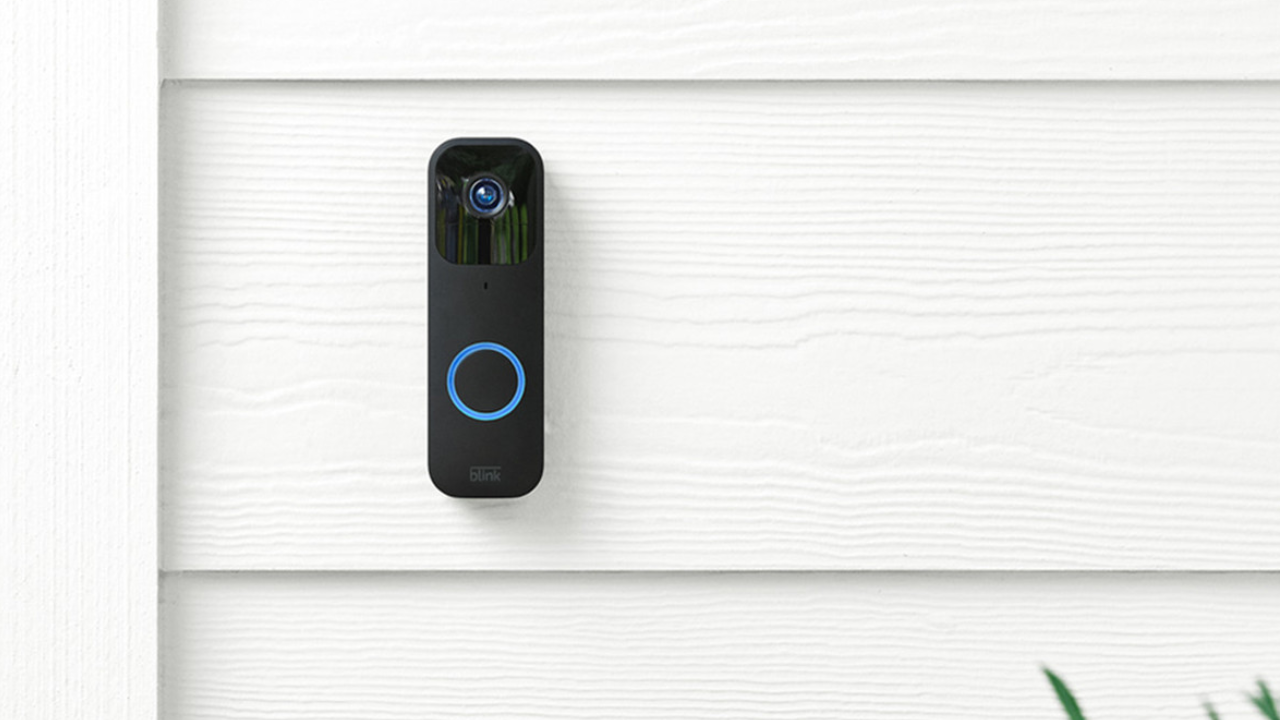Security cameras have ended up omnipresent devices fundamental for reconnaissance, wrongdoing discouragement, and open security. Despite the beginning skepticism established in protection concerns, their acknowledgment has advanced extraordinarily due to progressions in innovation and shifts in societal standards. Progressed capabilities in picture determination, information analytics, and real-time checking were reinforced when were security cameras invented their viability and unwavering quality.
In addition, progressing open talk and administrative systems have played pivotal parts in cultivating a nuanced understanding of their benefits and moral suggestions. This advancement mirrors broader societal demeanors towards adjusting security goals with personal security rights in cutting-edge settings.
Advancement of Open Recognition and Acknowledgment of Security Cameras
This investigation follows the travel from beginning skepticism to far-reaching integration, looking at innovative progressions, lawful contemplations, social shifts, and future patterns forming open states of mind towards reconnaissance advances.
Early Discernment and Appropriation
Within the 1940s and 50s, the beginning of CCTV frameworks spoke to a critical jump in reconnaissance innovation. At first, utilized to screen mechanical operations, their application extended to incorporate administrative and commercial security employments. In any case, early CCTV frameworks experienced open skepticism due to stresses around protection intrusion.
Additionally, their tall costs and constrained scope postured boundaries to far-reaching appropriation until ensuing mechanical enhancements. Over time, headways in reasonableness, unwavering quality, and picture quality steadily upgraded open acknowledgment, clearing the way for their omnipresent nearness in modern security foundations universally.
Move to Open Spaces
Amid the 1970s and 80s, innovative propels and a toll decreased encouraged the broad appropriation of security cameras in open spaces such as cities, travel centers, and stores. These establishments were aiming to reinforce security and screen open conduct, starting talks about gracious freedoms. As reconnaissance extended, so did protection concerns, driving to supported discourses and authoritative activities to oversee their arrangement. These endeavors looked to adjust the benefits of upgraded security by securing individuals' rights, forming the administrative scene, and opening discernment of observation advances amid this essential period.
Media and Open Talk
During the 1990s and early 2000s, media scope played an essential part in forming open recognition of security cameras. High-profile occasions, such as psychological militant assaults and critical wrongdoings captured on camera, underscored the essential part of reconnaissance in law authorization and crisis reaction. Be that as it may, these occurrences too fueled concerns over government reconnaissance hones and information security. This increased mindfulness provoked broad open talk and impacted policy-making, driving endeavors aimed at striking a sensitive adjustment between reinforcing security measures and defending person protection rights in a progressively observed society.
Legitimate and Moral Contemplations
In reaction to open concerns, governments globally sanctioned directions to supervise the arrangement of observation cameras. These laws cover significant zones counting the length of information maintenance, orders for the open revelation of camera utilization, and conventions for accessing stored film.
Moral contemplations heighten, emphasizing the ought to adjust improved open security with ensuring person protection rights. This progressing exchange impacts both open supposition and administrative advancements, cultivating an administrative environment that points to tackle the benefits of observation innovation while guaranteeing responsibility and regard for respectful freedoms in a progressively observed society.
Innovative Progressions and Open Acknowledgment
Within the 21st century, computerized progressions have changed security cameras, introducing high-definition imaging, advanced facial acknowledgment calculations, and real-time checking capabilities. These advancements have significantly improved the adequacy of security measures, gathering broad acknowledgment over businesses such as commerce and law requirements.
Clearer picture capture and immediate information investigation have not as it were fortified wrongdoing anticipation endeavors but too empowered swifter reactions to security challenges. Subsequently, these innovative strides have incited more noteworthy certainty in observation frameworks, strengthening their part as crucial apparatuses for shielding open security and operational proficiency in modern society.
Social and Social Variables
Social acknowledgment of security cameras advanced in pair with social changes. Increased concerns over crime and psychological warfare have driven a discernment of observation innovations as crucial for open security. In addition, the inescapable utilization of social media and advanced stages normalized steady observing and sharing of individual data, impacting demeanors towards security. This move contributed to a broader acknowledgment of reconnaissance cameras as apparatuses for upgrading security provoking continuous dialogs approximately the suggestions for personal security rights.
Future Patterns and Challenges
Looking ahead, headways like AI-driven analytics and IoT integration hold a guarantee for upgrading security camera capabilities. In any case, these advancements moreover bring modern challenges, including concerns over information security and the potential for algorithmic predisposition. Keeping up open beliefs will require straightforward arrangements, vigorous oversight instruments, and nonstop engagement with partners. Tending to these issues proactively will be basic in forming a future where security cameras viably defend open security regarding personal rights and moral contemplations.
Conclusion
The advancement of open recognition of security cameras underscores an energetic interaction of innovative advances, administrative elements, and societal standards. At first, met with skepticism, these gadgets have presently gotten to be basic components of modern security systems, starting progressing dialogs almost protection, moral suggestions, and the fragile adjustment between security objectives and respectful freedoms. As observation innovations progress, exploring these complexities will be urgent in guaranteeing that security cameras upgrade open security viably while maintaining personal rights and cultivating a climate of belief and responsibility in their utilization.


